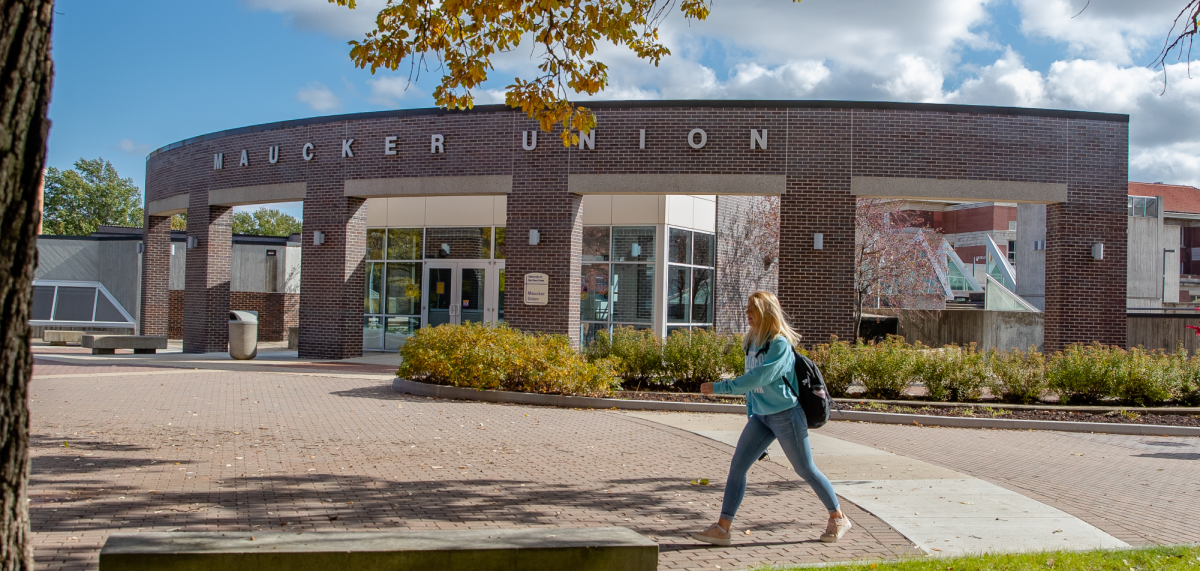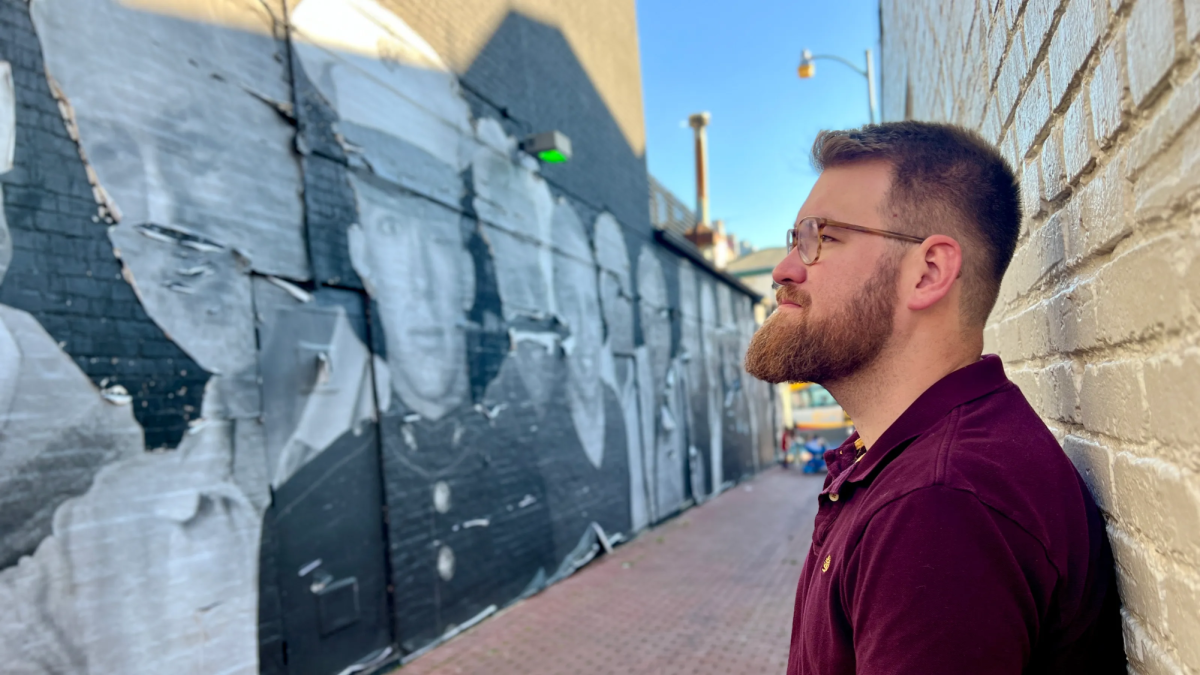University of Northern Iowa students learned the fundamentals of field archaeology and uncovered artifacts from the Cedar River Valley’s prehistory through UNI’s Archaeological Field School.
The 6-credit course was taught by Don Gaff, assistant professor of anthropology, and met from May 17 to June 24 at the Hartman Reserve Nature Center in Cedar Falls. The class worked in the field Monday through Thursday from 8 a.m. to 4 p.m. for the duration of the course.
Throughout the course the students learned the fundamentals of field archaeology, including how to find, excavate and document archaeological sites; photography; and map work.
“It’s real research,” Gaff said. “It’s not a pretend exercise; it’s not a worksheet; it’s not a pretend laboratory setting. Everything (the students are) seeing is the first time it’s been seen in over a thousand years, and every piece they find tells us more about the prehistory of Blackhawk County and the Cedar River Valley.”
According to Anthropology major Justin Elkins, the course began at Hartman by shovel-testing, which is archaeological “grunt work” that involves digging 20-centimeter-deep holes every 10 meters and sifting through the soil for artifacts or soil changes, which indicate the potential for an excavation site. This “tedious” process was complicated in the prairie of the reserve by a prevalence of mosquitoes and chest-high poison ivy.
Gaff likened the team building created by the rough conditions to going to boot camp or being on an athletic team.
“You come together with a bunch of strangers and you pop out the other side as the best of friends,” he said.
According to Gaff, the course’s slow start exposed the students to the realities of archaeology.
“TV, as any of these guys will tell you, doesn’t show how it really is,” he said. “It’s not, voila, golden idol. There’s lots of paperwork, lots of slow-going.”
After the shovel-testing, the students began excavating an area near the previous course’s site until they reached the B horizon, or lighter colored soil, but did not find any artifacts. On a hunch the team moved to the other side of the site and found some clay sherds, or pieces, and projectile points that likely date back to A.D. 300-700.
“I think what’s really, really cool about the spear points is, before when we were digging stuff up we found a lot of fire-cracked rock, some flint, some sherds from the process of making the (projectile) points, but not really concrete evidence,” said Anthropology major Anna Moran. “Having a point shows there’s concrete evidence that a human being was here, whereas beforehand it’s just speculation. Because in nature you can get sherds, but you can’t really get an arrowhead just naturally formed.”
Timothy Walton, anthropology major, enjoyed the hands-on nature of the course.
“It’s different from a normal class, because you’re actually outside doing different things, (and it’s) hands-on, even more so than a lab, because you’re actually finding the stuff right there, you’re the source of the discovery,” he said. “It’s cool, especially now that we’re finding stuff.”
Moran felt that her experience working in the course has given context to otherwise tedious archaeological paperwork.
“It’s no longer just a random site in an imaginary land in my head; it’s now a real place,” she said.







